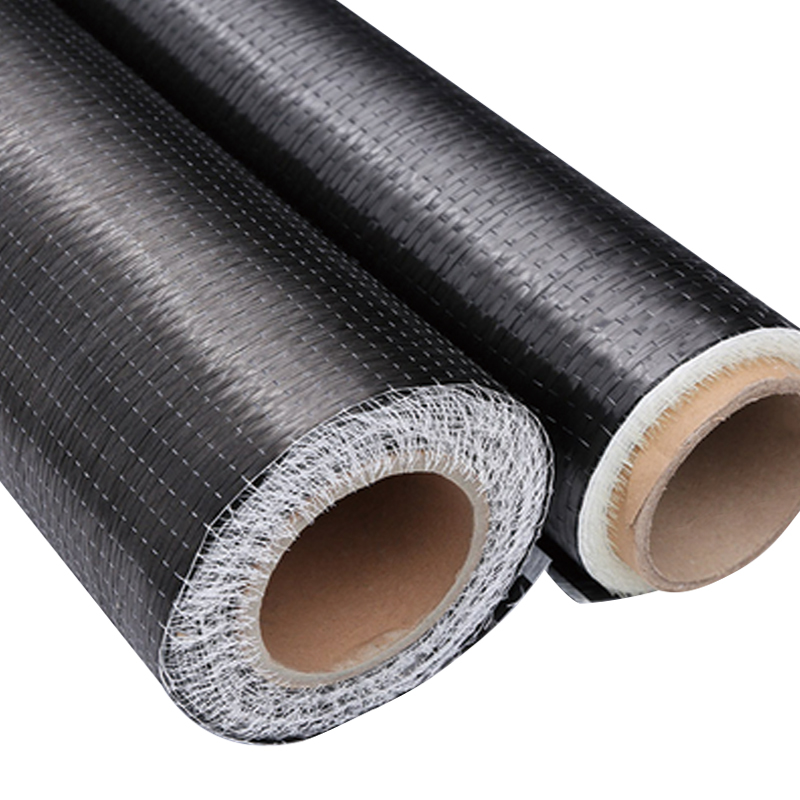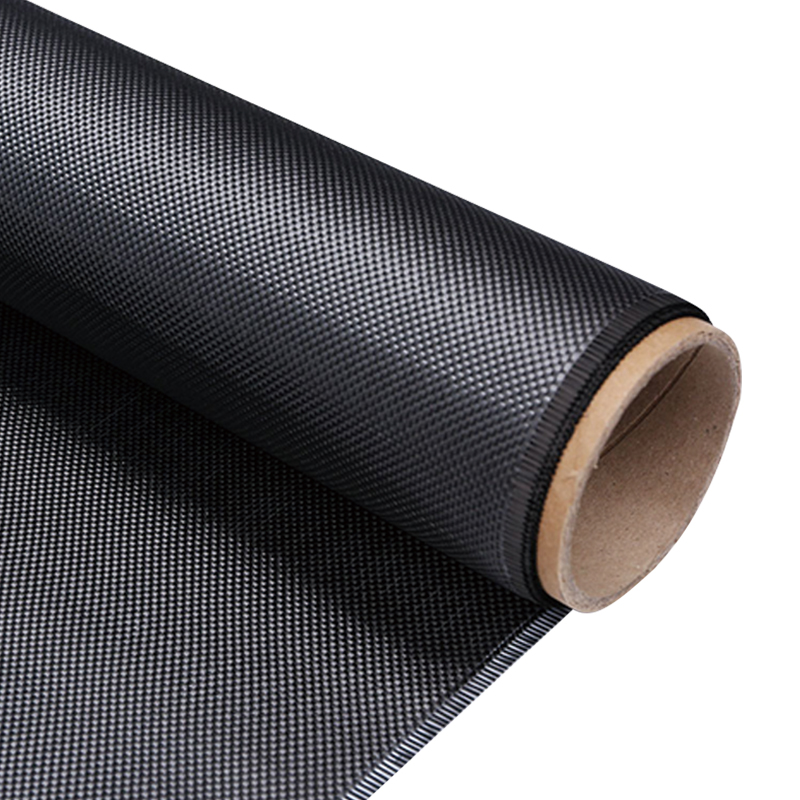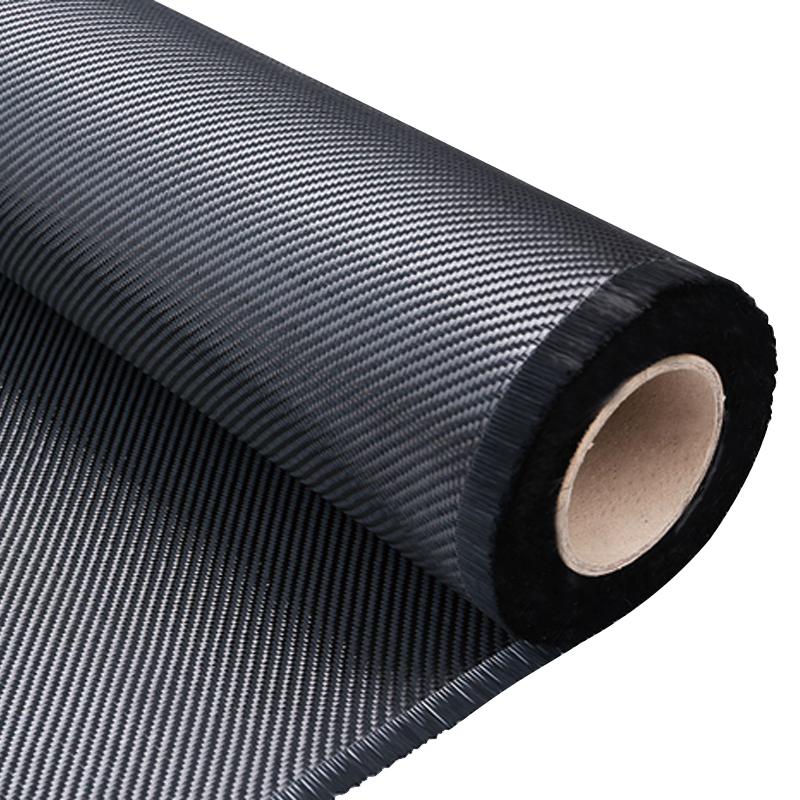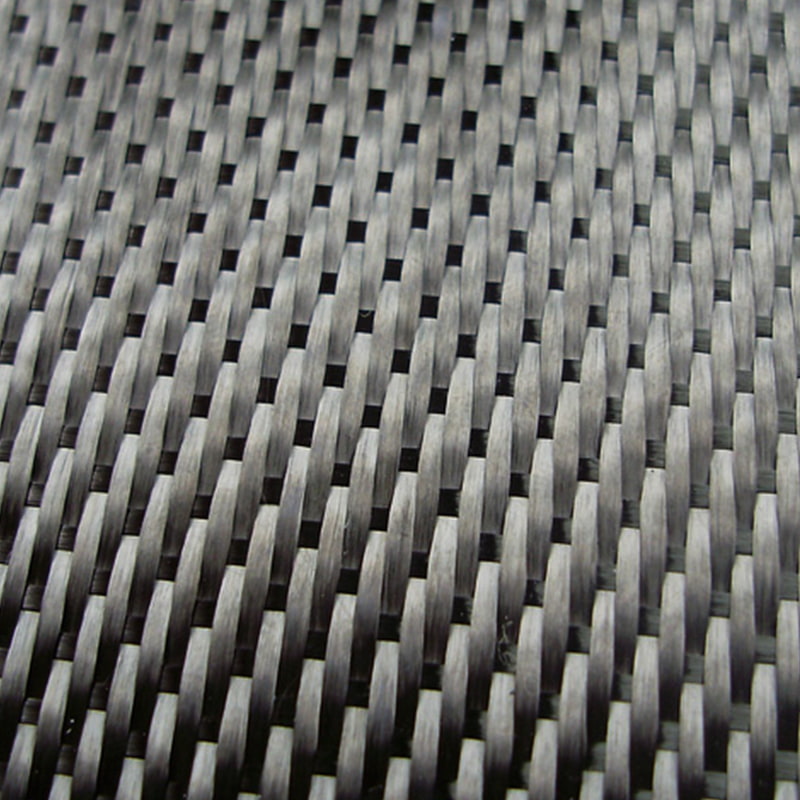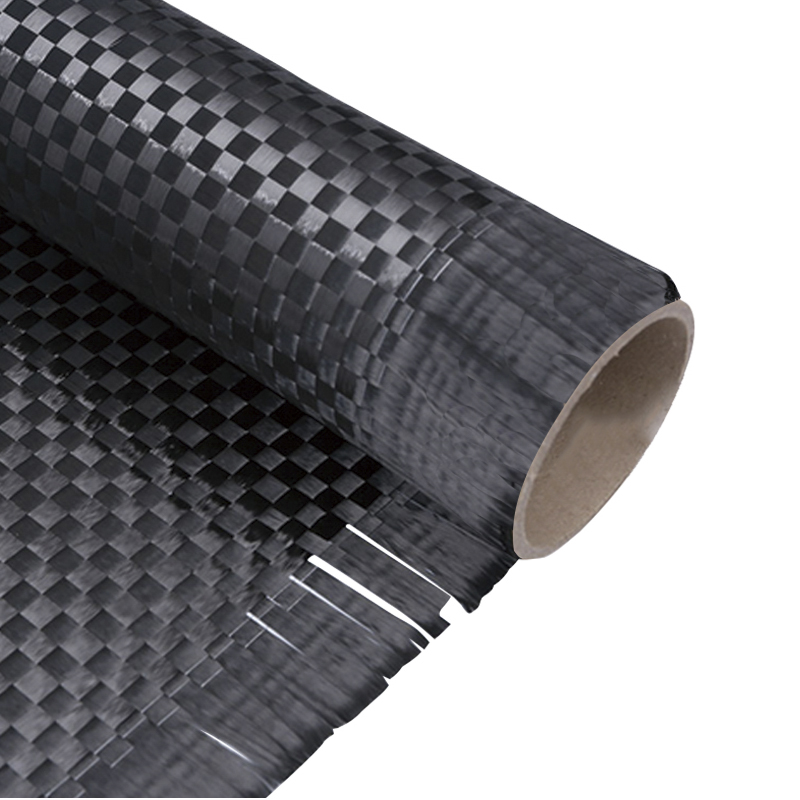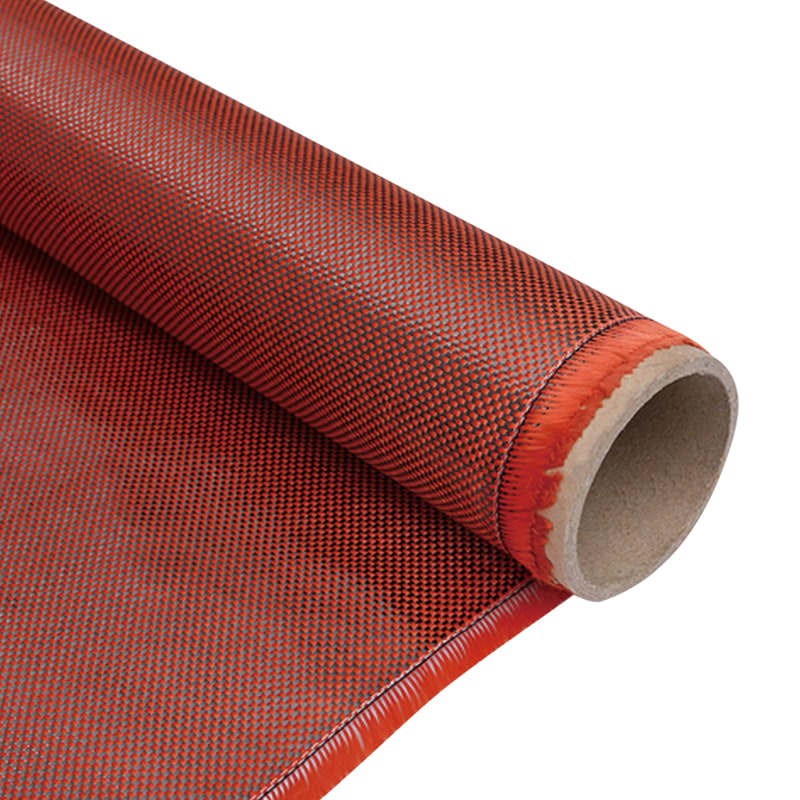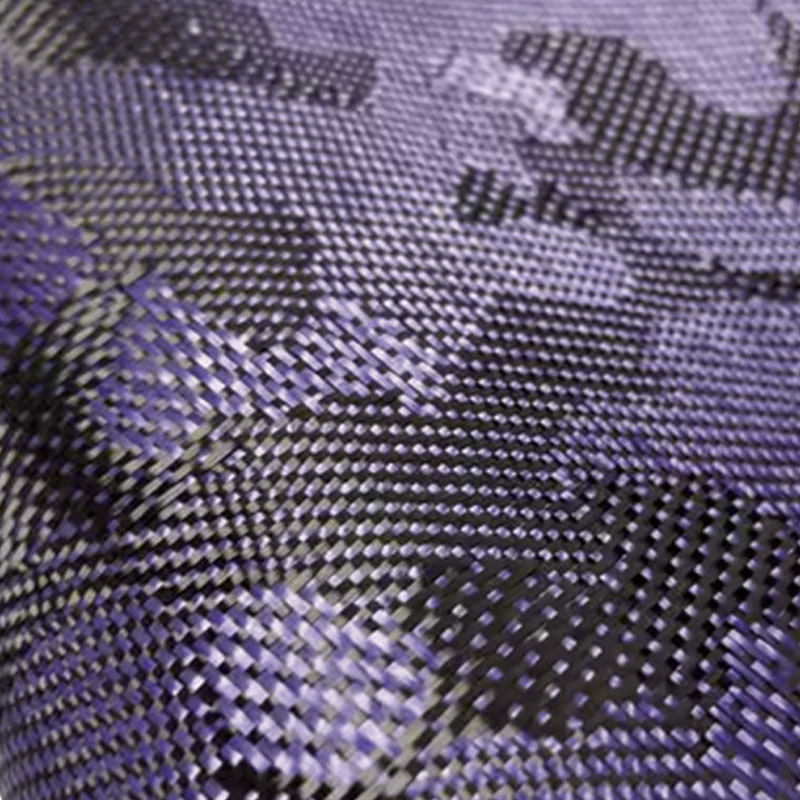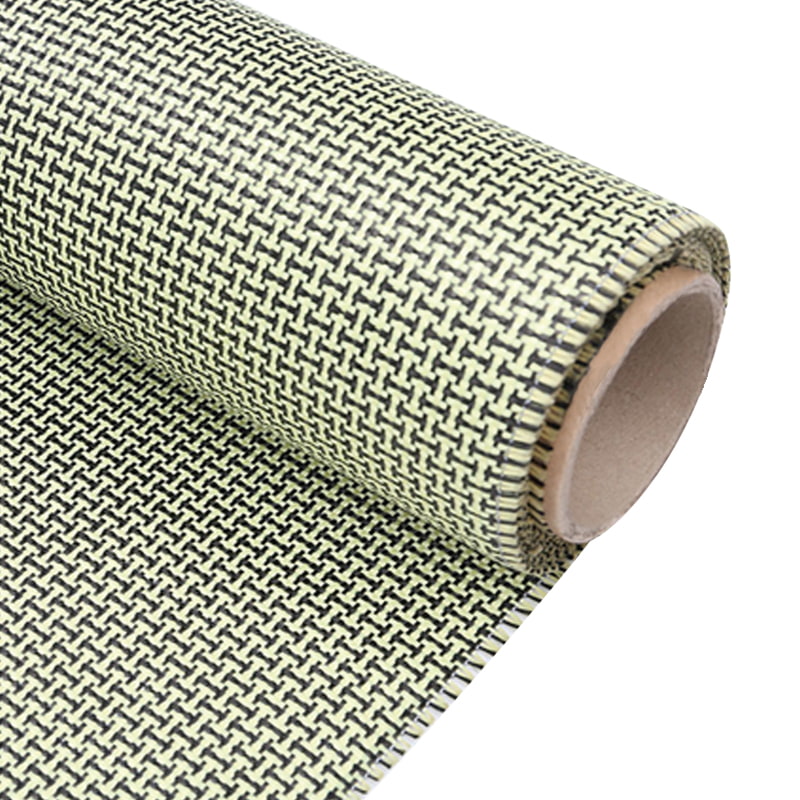Sustained Growth in the Carbon Composite Materials Market
In recent years, carbon composite materials have gained widespread adoption in industries such as aerospace, automotive manufacturing, and wind energy due to their exceptional strength, lightweight properties, and corrosion resistance. Market research indicates that the global carbon composite materials market is expected to maintain an annual growth rate of over 10% in the next five years, with particularly strong expansion in the Asian market.
Composed primarily of carbon fibers and a resin matrix, carbon composites offer performance advantages that traditional metals cannot match. As global policies push for energy efficiency and emission reductions, the demand for lightweight materials has surged, leading carbon composites to gradually replace aluminum and steel in high-end manufacturing.

Technological Innovation Drives Industry Advancement
The core competitiveness of the carbon composite materials industry lies in technological innovation. In recent years, low-cost manufacturing techniques and automated production have become key industry focuses. Traditional carbon fiber production has been expensive, limiting large-scale adoption, but breakthroughs in fast-curing resins and large-tow carbon fibers have significantly reduced costs, expanding market potential.
Additionally, 3D printing technology has made significant strides in carbon composite applications. Additive manufacturing enables the production of complex, integrated carbon fiber components, reducing the need for fasteners and improving overall performance. This technology is particularly valuable in aerospace and medical device manufacturing, opening new growth opportunities.
Expanding Applications Across Industries
1. Aerospace Sector
The use of carbon composite materials in aircraft structures has steadily increased, with next-generation commercial airliners incorporating carbon fiber-reinforced components in critical areas such as fuselages and wings. Their high strength-to-weight ratio and fatigue resistance reduce aircraft weight, improving fuel efficiency and supporting global aviation sustainability goals.
2. New Energy Vehicle Industry
The demand for lightweight materials in electric vehicles (EVs) has accelerated the adoption of carbon composites. Battery enclosures and vehicle frames made from carbon fiber enhance range and safety. As the EV market expands, the demand for carbon composite materials is set to rise further.
3. Wind Energy Sector
Wind turbine blades require materials with exceptional strength and durability, making carbon composites an ideal choice. The growth of offshore wind energy, in particular, has driven demand for ultra-long blades, increasing the use of carbon fiber in this sector.
Industry Challenges and Future Prospects
Despite its promising outlook, the carbon composite materials industry faces challenges such as high raw material costs and limited recycling solutions. Researchers are actively exploring recyclable carbon fiber technologies and bio-based resins to improve sustainability.
Looking ahead, advancements in smart manufacturing and eco-friendly materials will enhance production efficiency and reduce costs. Emerging applications, including hydrogen storage tanks and rail transportation, will create new opportunities for growth.
As a critical strategic material of the 21st century, carbon composite materials are reshaping high-end manufacturing. Driven by technological innovation and market demand, the industry is poised for significant expansion. With continued optimization of production processes and broader applications, carbon composites are expected to achieve large-scale adoption across multiple sectors, advancing global industry toward lighter, higher-performance solutions.
 English
English  中文简体
中文简体 عربى
عربى Tiếng Việt
Tiếng Việt
